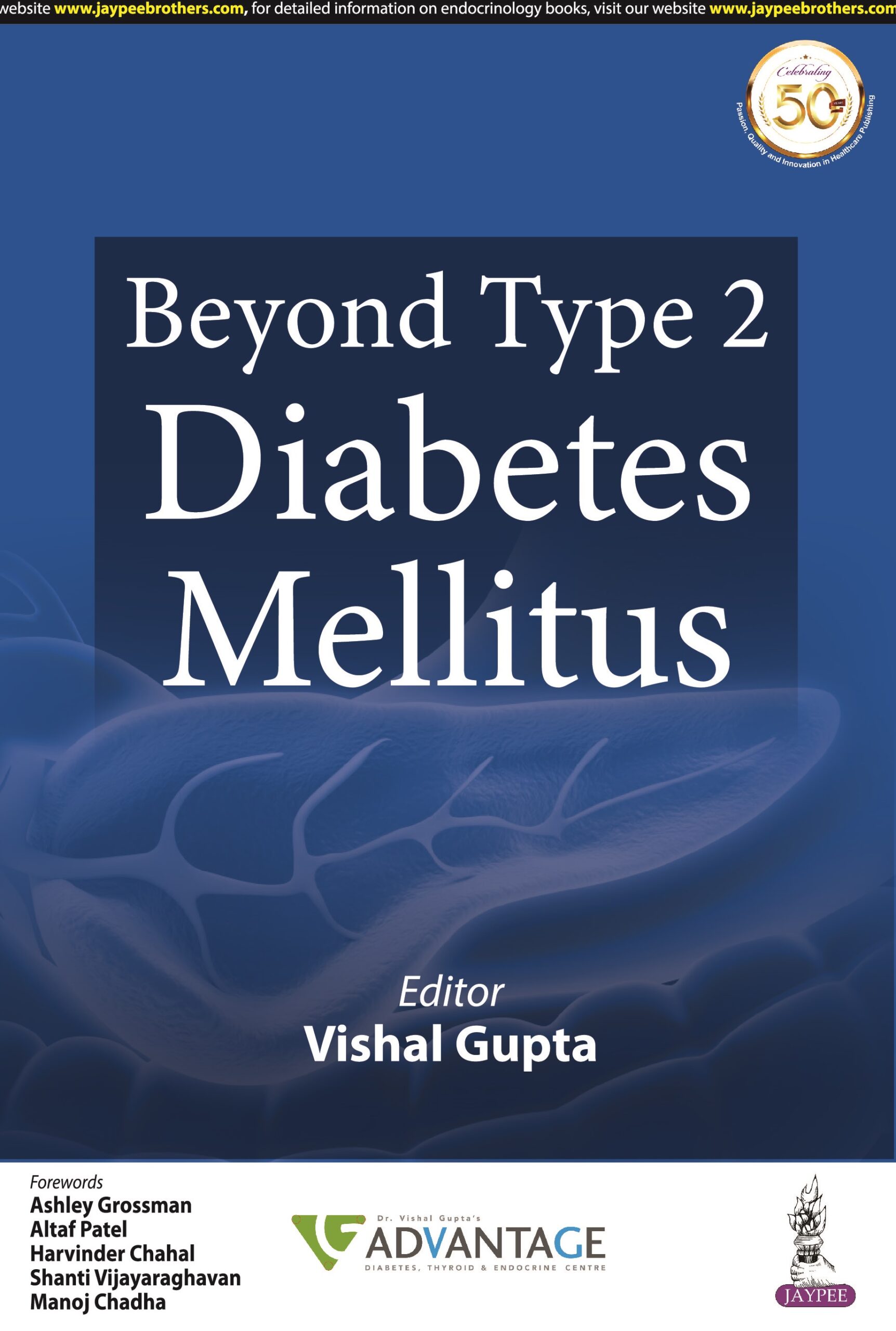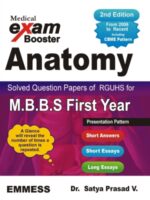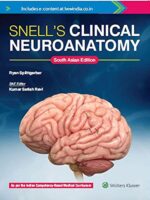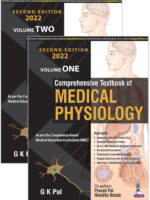Quick Overview
| The book addresses the divide between hyperglycemia and diabetes, newer glycemic concepts of “time in range”, molecular mechanisms behind insulin resistance, and an elegant outline of antidiabetes therapies designed to improve the pathophysiology of diabetes. Furthermore, it discusses biomarkers beyond low-density lipoprotein cholesterol (LDL-C) that may help improve cardiovascular outcomes and the huge unmet need despite valiant efforts to reduce LDL-C, modern therapeutic options to reduce LDL, elegant therapeutic approaches to address hypertension with and without diabetic kidney disease, optimal renin-angiotensin system blockade, and evaluation of patients with asymptomatic heart failure and coronary artery disease. It discusses the controversies of optimal renal assessment with difficulties in risk categorization, various rheumatic and immune dysfunctions with special reference to the COVID-19 pandemic, cancer association with diabetes and optimal screening methods, relationship of various diets with glycemic and metabolic control, diabetes in young, diabetes management in special situations such as kidney disease, liver disease and Ramadan, and finally risk factor management in diabetes with special reference to exercise and modern day antidiabetic therapeutics. |
|
Key Features
- Chapter 1: Discusses the evolution of hyperglycemia to type 2 diabetes mellitus, and glucose monitoring technology along with the new concept of “time in range””.
- Chapter 2: Discusses the detailed molecular biology of insulin resistance and various patho-physiological mechanisms along with a detailed overview of all the available glucose-lowering therapies, specifically with respect to their patho-physiological targets.
- Chapters 3 and 5: Discuss various statin trials highlighting the huge unmet need with regard to cardiovascular protection despite optimal statin use, additional role of biomarkers to help improve cardiovascular risk stratification, etiology, guidelines, recommendations, and ideal approach to managing patients with hypertension, asymptomatic coronary artery disease, heart failure, and stroke. It discusses optimal renin-angiotensin system (RAS) blockade and differentiates between convention and optimal RAS blockade for managing blood pressure.
- Chapter 4: Discusses elegantly the various causes of hyperglycemia in a young patient and the ideal clinical approach.
- Chapter 6: Discusses the evolution of blood pressure control as a means to reduce renal and cardiovascular outcomes. It provides clarity on the uncertainty of use of conventional blood biomarkers in evaluating renal function.
- Chapter 7: Discusses how diabetes and its therapeutics may be associated with various cancer and optimal strategies that might help reduce the incidence of cancer in diabetes.
- Chapter 8: Provides an in-depth understanding and therapeutic approach of rheumatic conditions associated with type 2 diabetes mellitus, while providing a complex interplay of factors that may heighten the risk of diabetes-related complications. It also discusses the detailed use and side effects of steroids.
- Chapter 9: Provides a detailed look into various immune dysregulatory pathways and types of infections a diabetic is at risk of with a highlight on COVID-19.
- Chapter 10: Is one of my favorites written along with my daughter. It discusses the history and evolution of sugar consumption by Indians. It provides an understanding of medical nutrition therapy in diabetes, glycemic load and glycemic index of foods, methods of cooking that impact glycemic index of foods, type of diets with their possible application to patients with type 2 diabetes mellitus, impact of diet on glycemic control, cardiorenal markers, and sleep and physical performance.
- Chapter 11: Discusses management of glycemia in special situations (renal disease, liver disease, and Ramadan).
- Chapter 12: Provides an elegant overview of risk factor control with details on role of exercise, blood pressure, and lipid management in diabetes.
|
|








